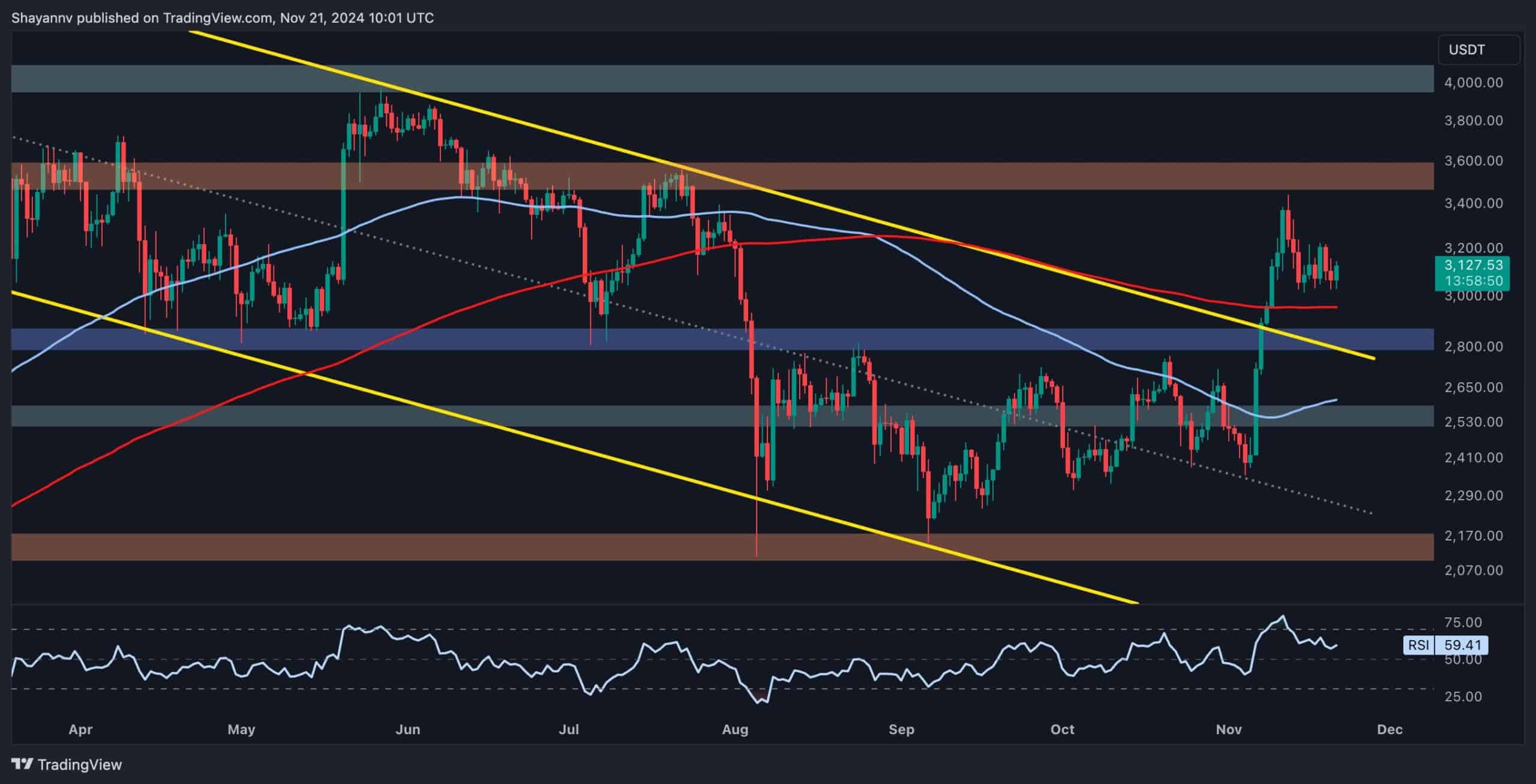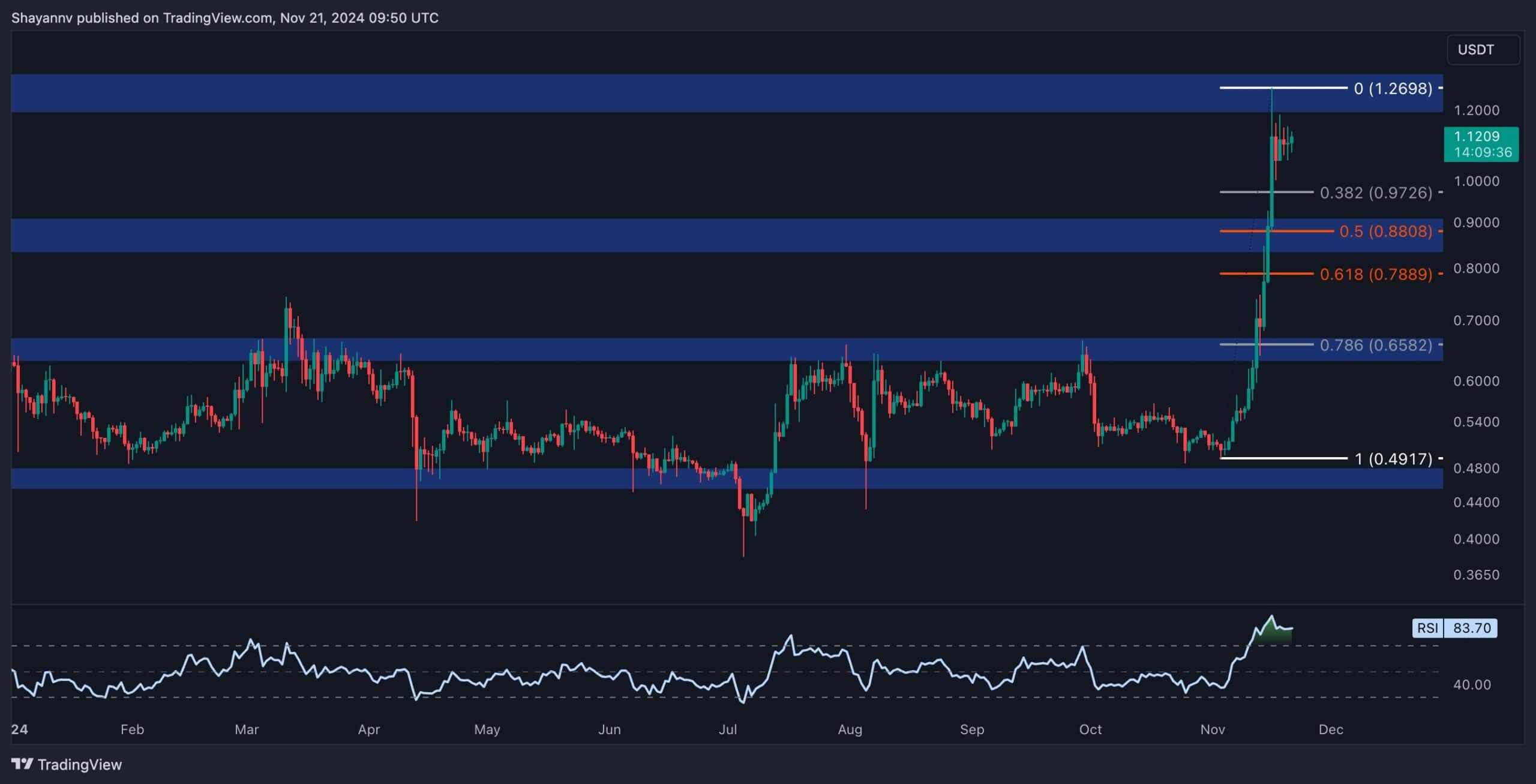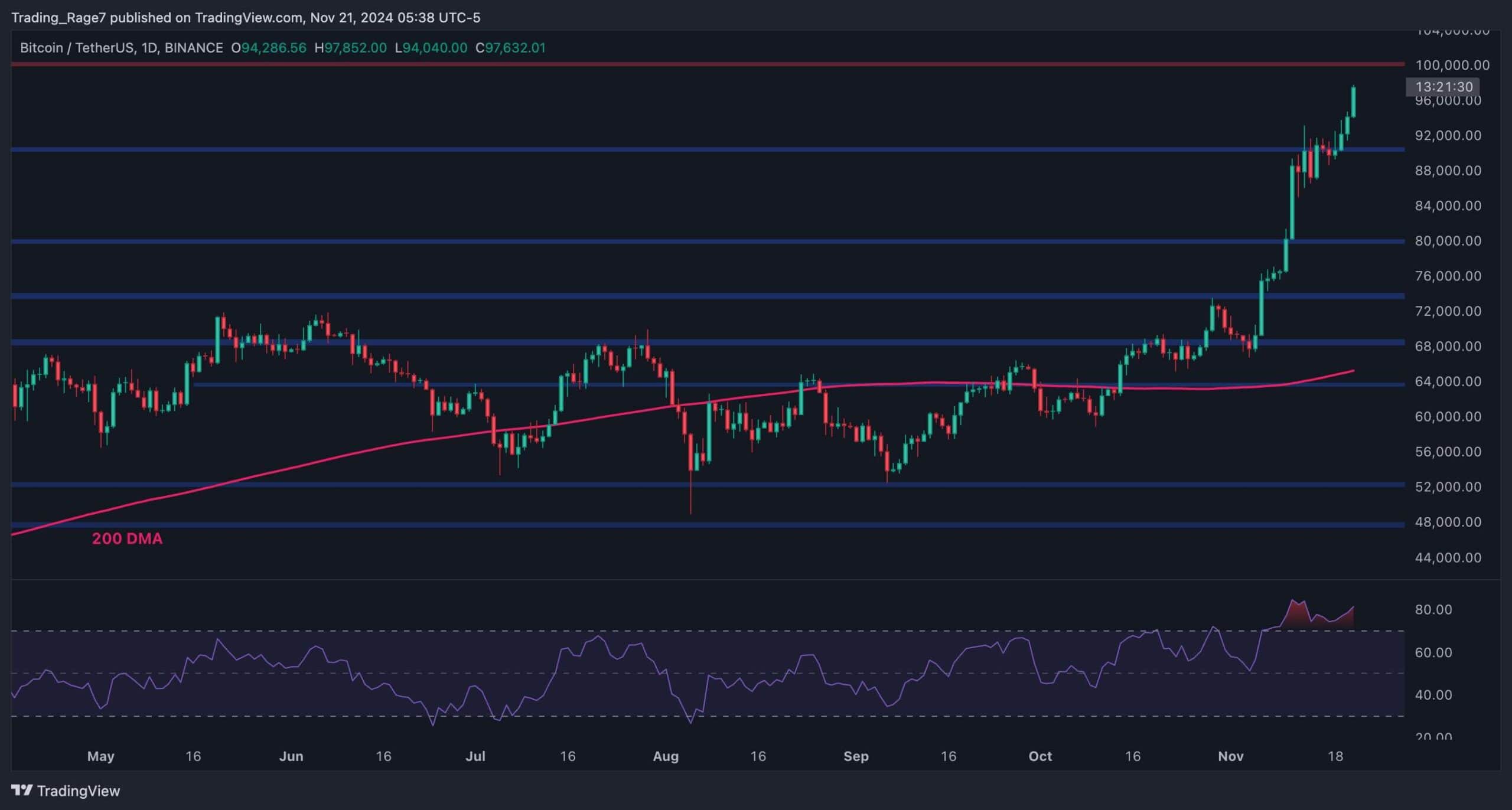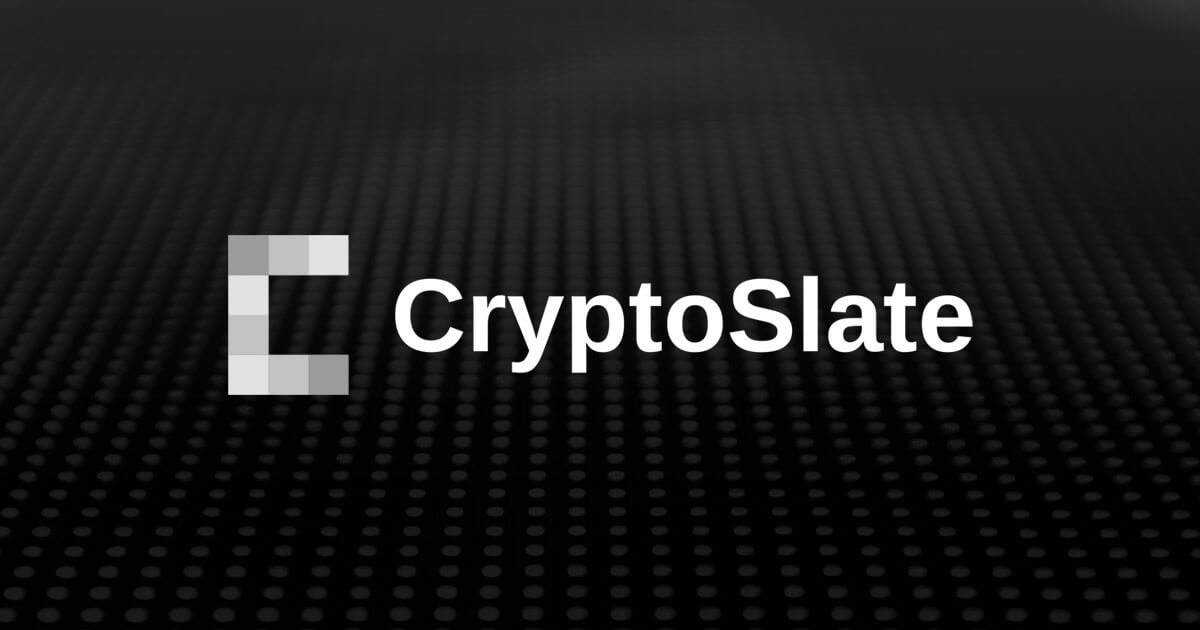- Homepage
- >
- News
- >
- Interviews
- >
- Reginald Tumusiime: Boosting financial inclusion in Africa
Stablecoins have become a lifeblood of Africa’s digital asset revolution, with millions relying on them for payments, hedging against inflation and cross-border transfers. However, with USD-denominated stablecoins still dominating the region, Africa still lacks local solutions that cater directly to its needs. Reginald Tumusiime is out to change this, and with the Uganda Shilling stablecoin, he is boosting financial inclusion on BSV in East Africa and beyond.
Tumusiime is the chairman of the Blockchain Association of Uganda (BAU), an industry body that’s been championing the adoption of the technology in the country for six years, taking over the role earlier this year.
He is also the founder of the Uganda Shilling Stablecoin (UGXC), a project he launched in 2024 to offer the benefits of a stablecoin, but with a focus on solving localized financial challenges.
UGXC seeks to solve the perennial challenge of financial inclusion in a country where over 80% of the population is unbanked.
“The concept of privately-issued money is not new. It’s an opportunity for us to bank the unbanked and to move money around,” Tumusiime told CoinGeek Backstage reporter Becky Liggero on the sidelines of the 2024 London Blockchain Conference.
UGXC isn’t competing with the central bank as the supreme currency issuer; instead, it’s providing better infrastructure for Ugandans to move money.
UGXC is built atop the BSV blockchain, enabling it to provide “a more efficient, faster, secure infrastructure.” The stablecoin will be backed one-to-one by fiat deposited with one of the country’s largest banks. In Uganda, the least amount of money users can send via mobile money is UGX500. However, with BSV, there’s no limit, as the network supports micropayments down to fractions of a cent, as its fees are the lowest in the space and it’s designed to support this micro-economy.
Tumusiime revealed that building on BSV was a straightforward decision as the ecosystem has several tools that make it easy to build on the network. Additionally, over the years, he has developed great relationships with key innovators in the BSV space who were instrumental in the development of UGXC.
And while BSV is the best underlying technology for the stablecoin, the final consumer “doesn’t really care what blockchain you use. All they care about is, ‘I’m I able to find solutions to my problems?’”
“For us, the most important thing is to have a working product in the market and be able to provide a more favourable solution to the users.”
Simplicity matters
At the London Blockchain Conference, making blockchain products and applications easier to use was one of the key themes. Tumusiime was part of a panel discussion on private stablecoins—alongside Centi’s Bernhard Müller—which discussed why it’s vital to make stablecoins easy to access and simple to use if they are to compete with legacy financial solutions.
Simplicity has been the guiding light for UGXC, Tumusiime told CoinGeek Backstage. His team has strived to make it easy to access the app, sign up, and send and receive money.
“Our entire value proposition is focused on the ease and the convenience of the client, as opposed to what we feel is the best solution to have.”
In Uganda, 68% of the population has cellular mobile connections. However, only half of this figure has an internet connection. This has made it crucial for Tumusiime to explore other options, such as offline payments that reconcile once the user is reconnected to the internet. These solutions can make a mighty difference to millions of Ugandans but would never feature in a stablecoin developed in the West.
Tumusiime revealed that he has been working with the Ugandan central bank for years. The country has been among the most conservative with digital assets in Africa, but in recent years, it has gradually warmed up to the sector. This transition is the culmination of years’ worth of efforts in educating the regulators and other stakeholders about digital assets and blockchain technology.
One of the initiatives Tumusiime has spearheaded has been collaborating with the BSV Association, where participants were encouraged to develop use cases leveraging blockchain. They ranged from tracking counterfeits to tokenizing other commodities and authenticating medical records.
“And that’s the beauty of Africa. We have a very young population that’s growing rapidly, and this means more problems and more opportunities to solve these problems with blockchain technology,” he said.
Watch AlphaDAPP: Revolutionizing blockchain adoption in Africa

















 English (US) ·
English (US) ·